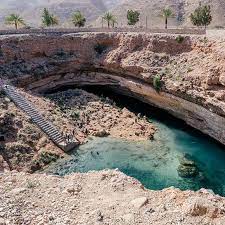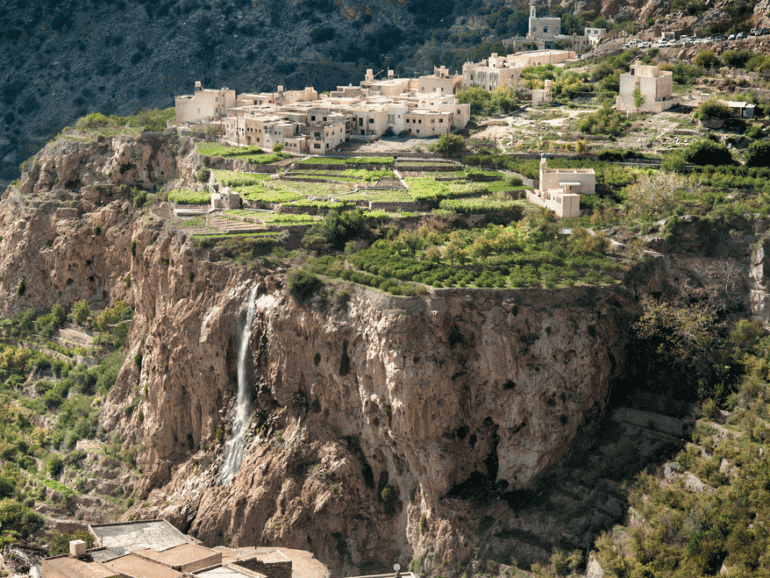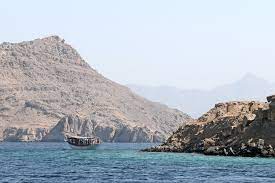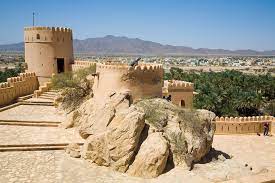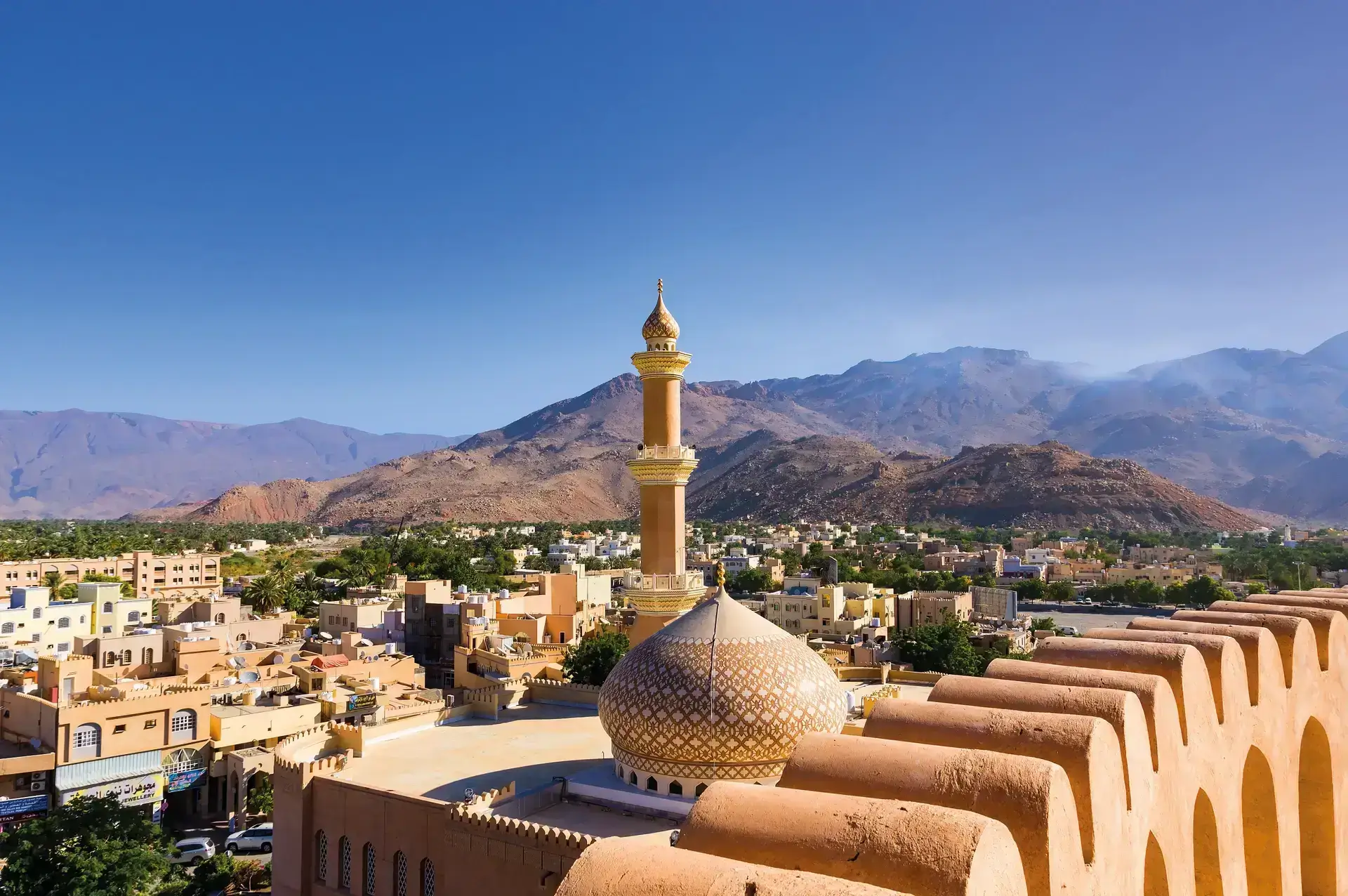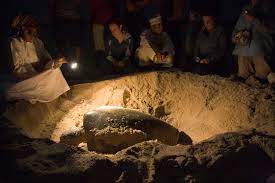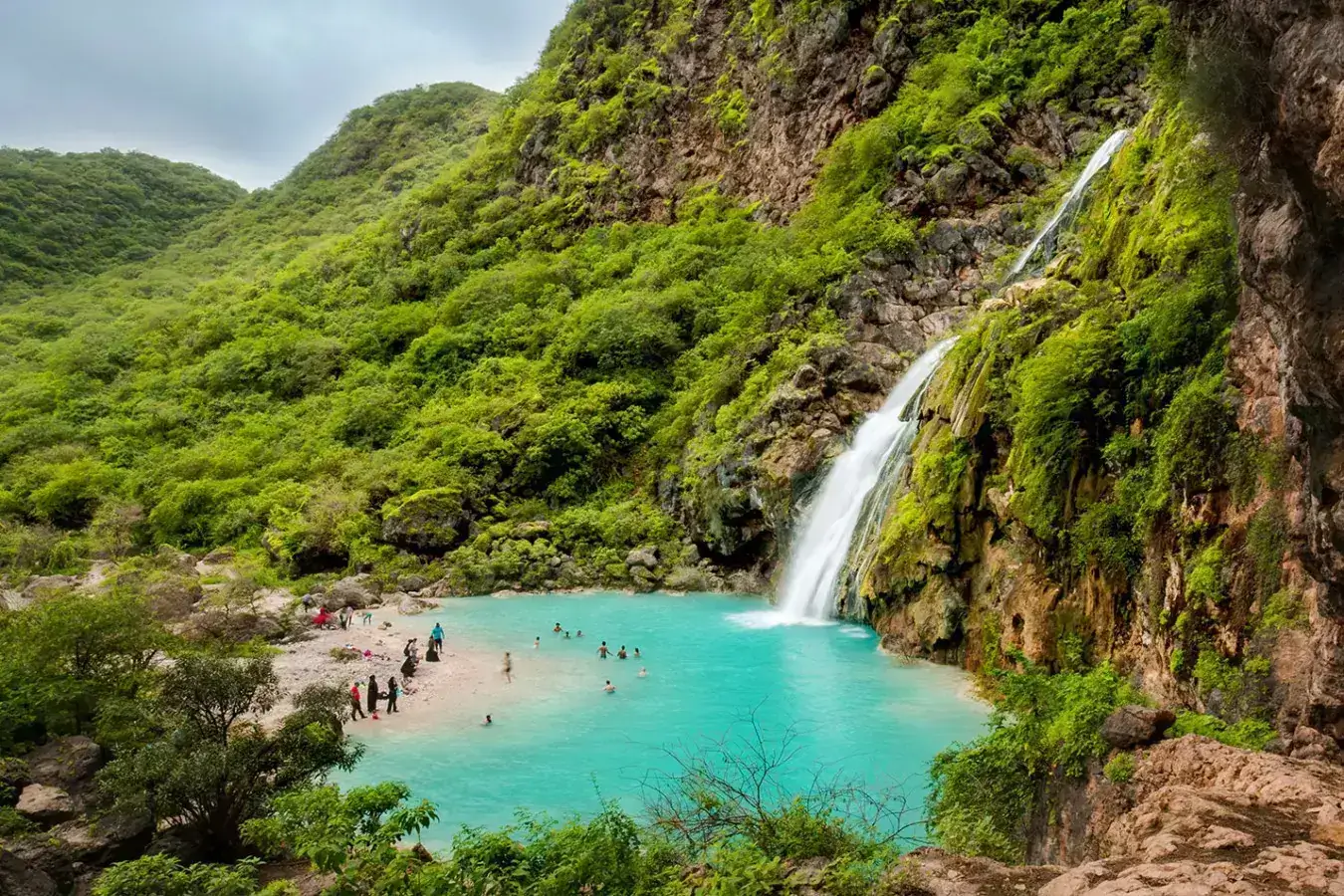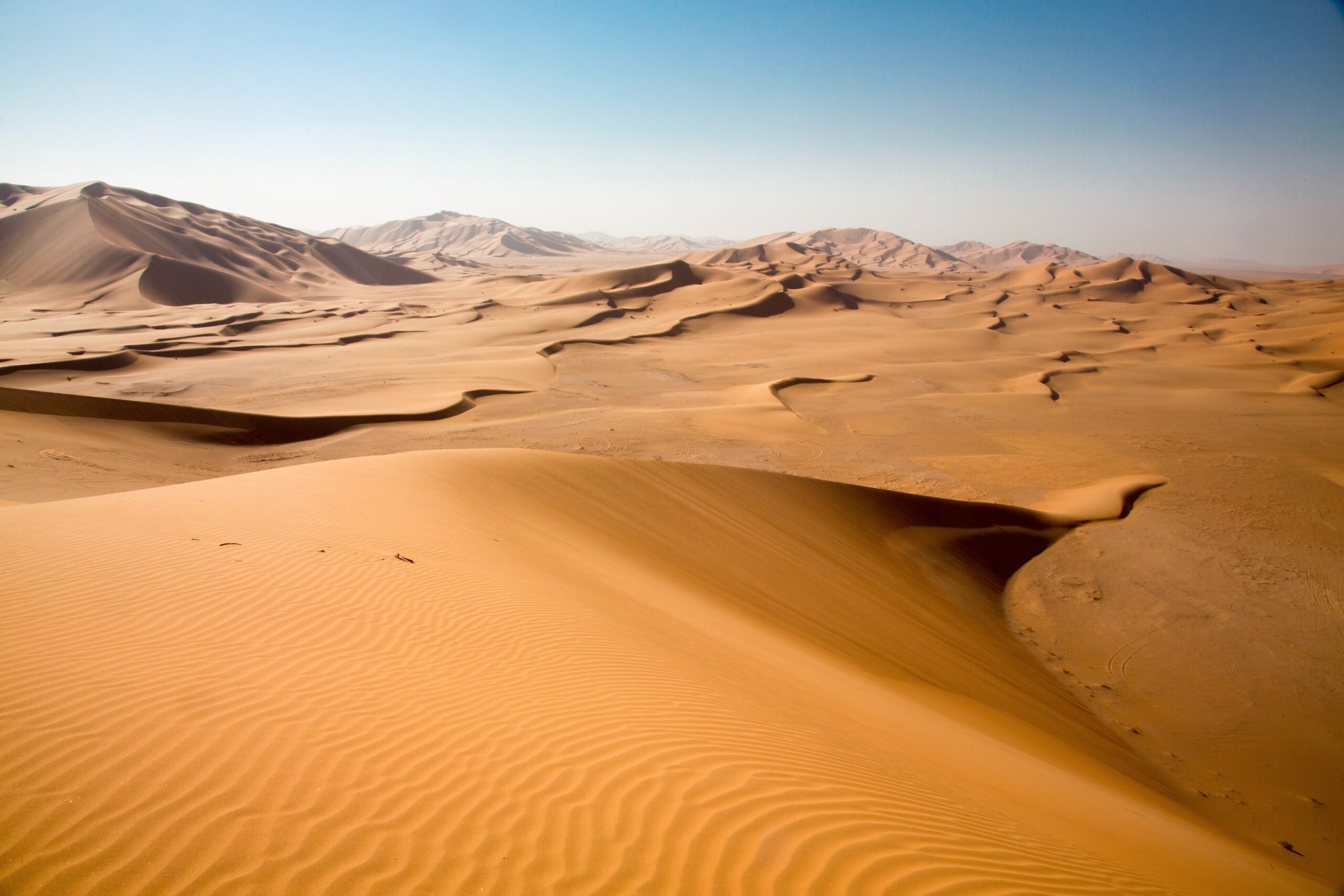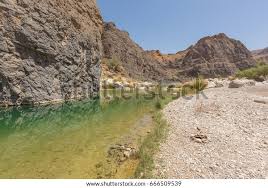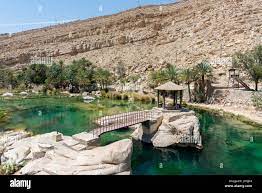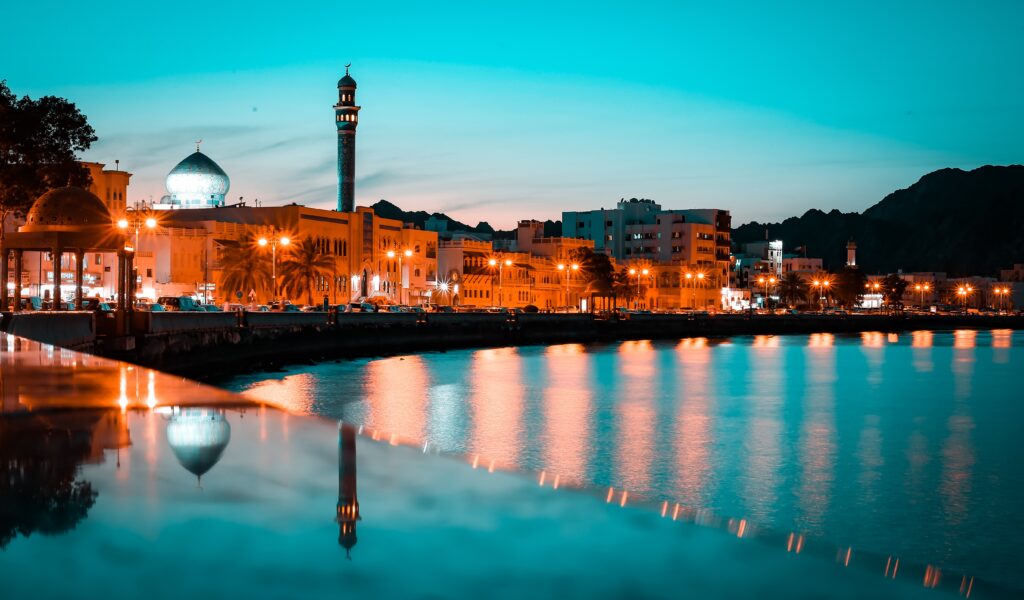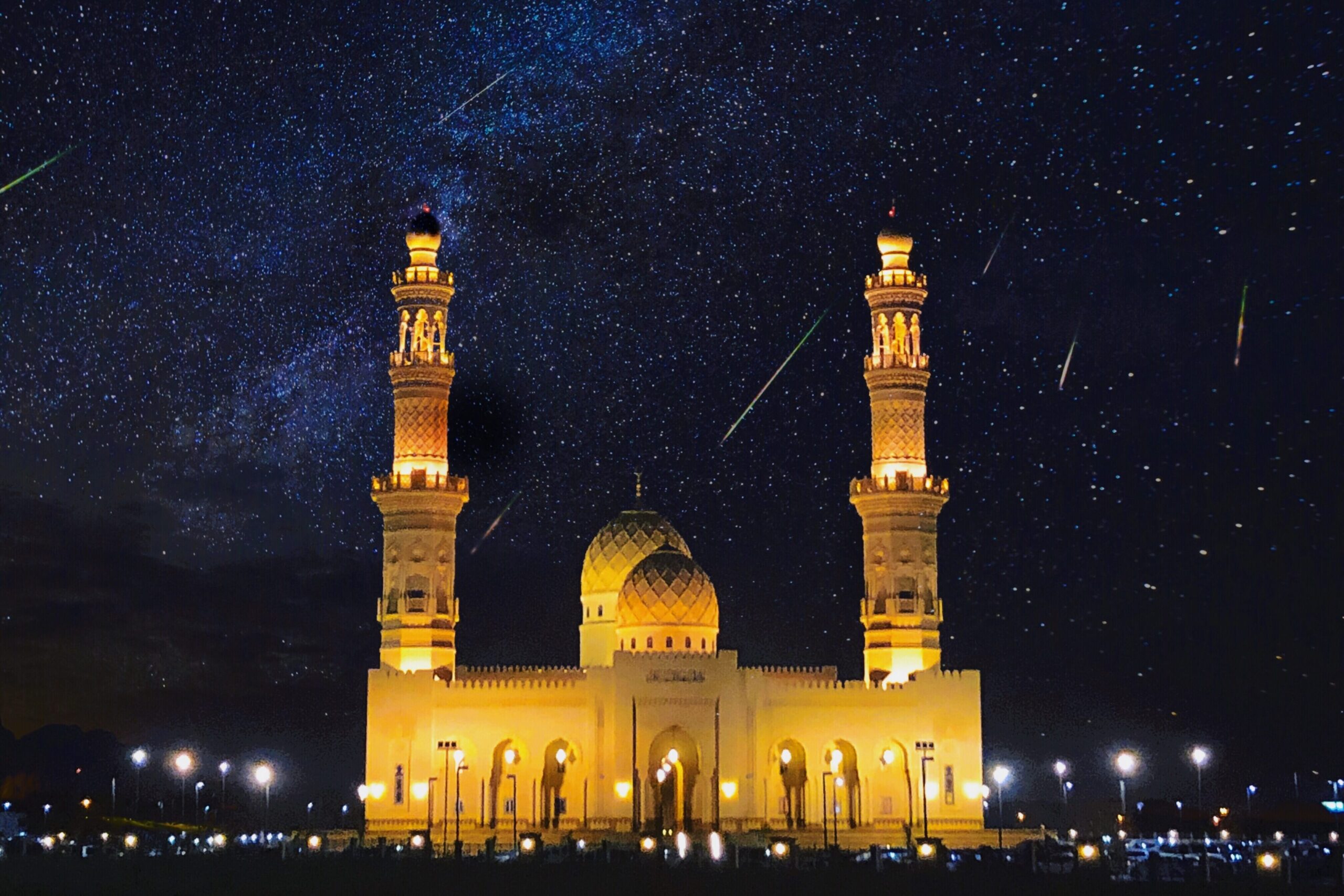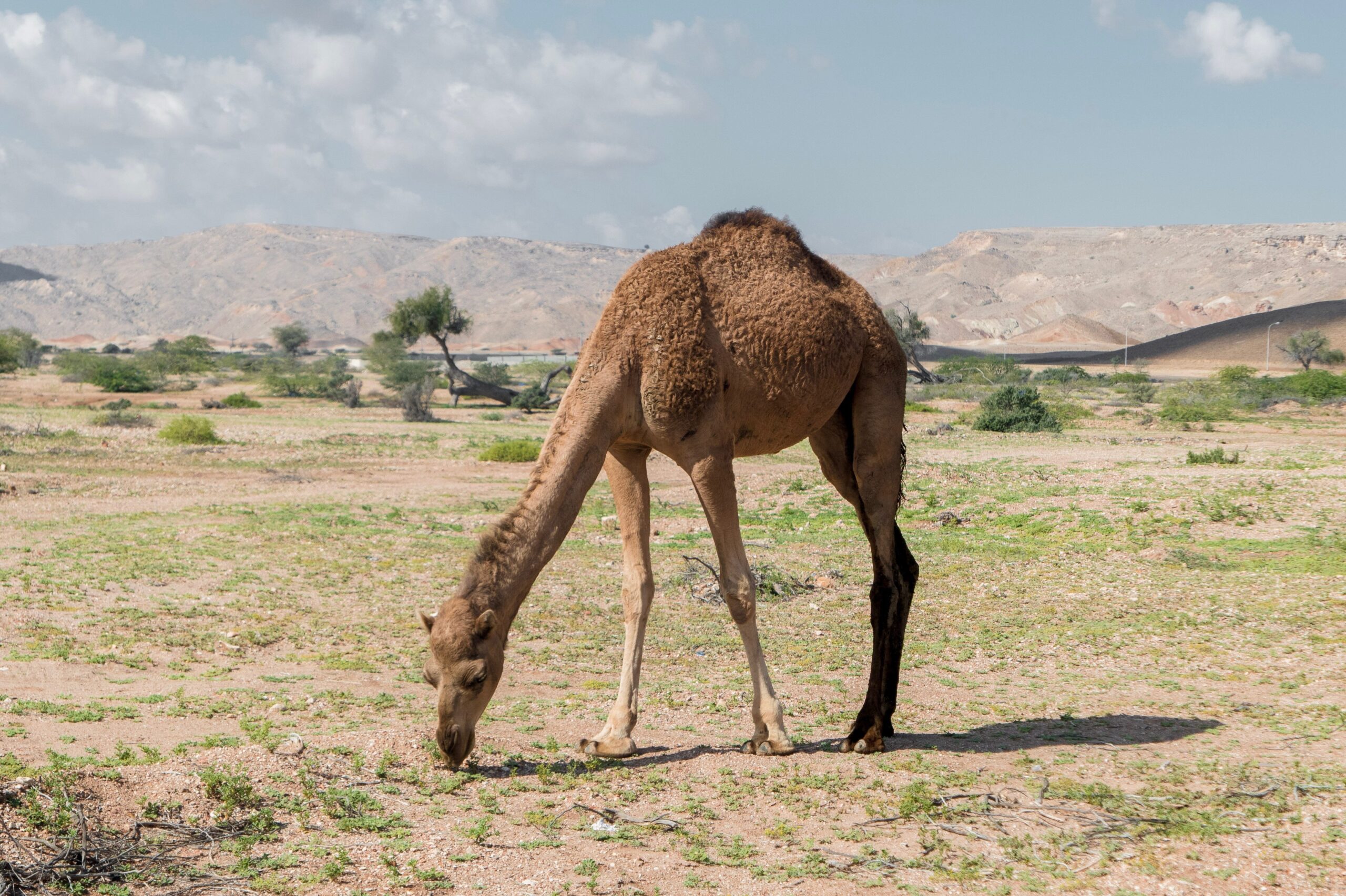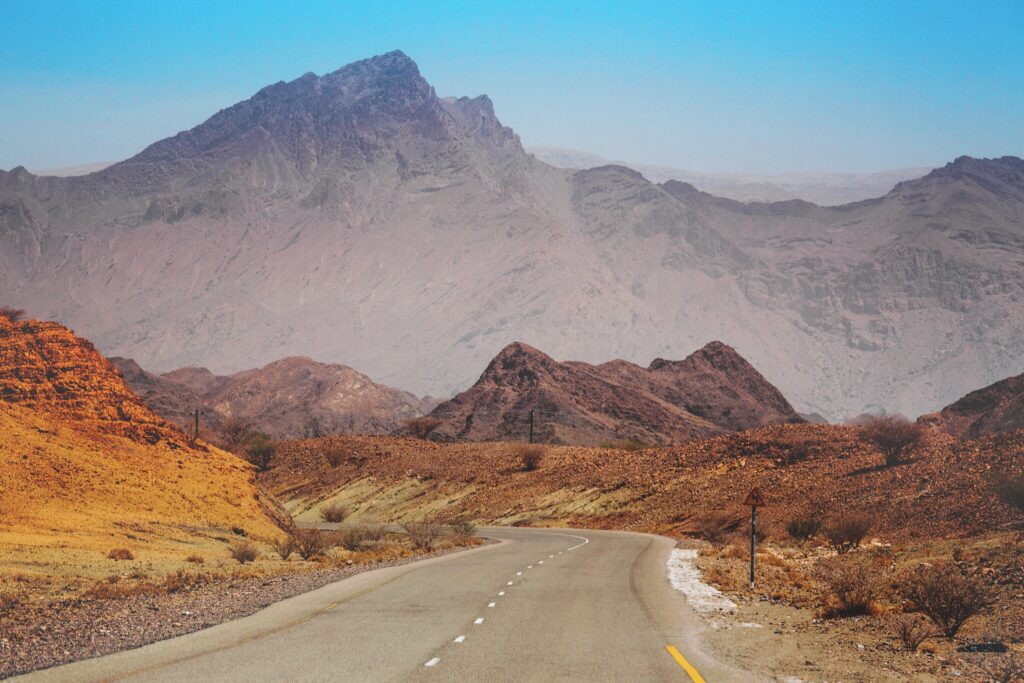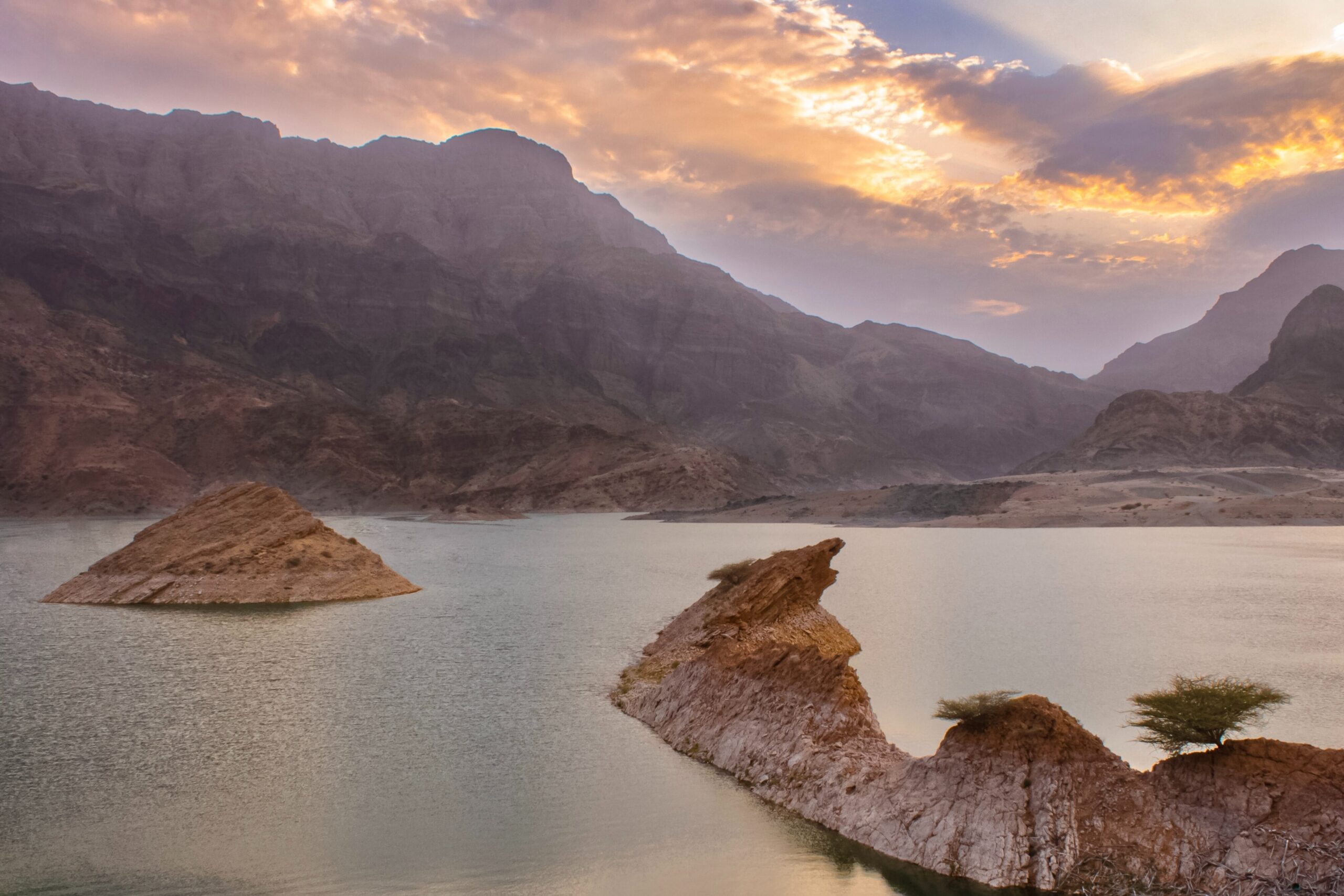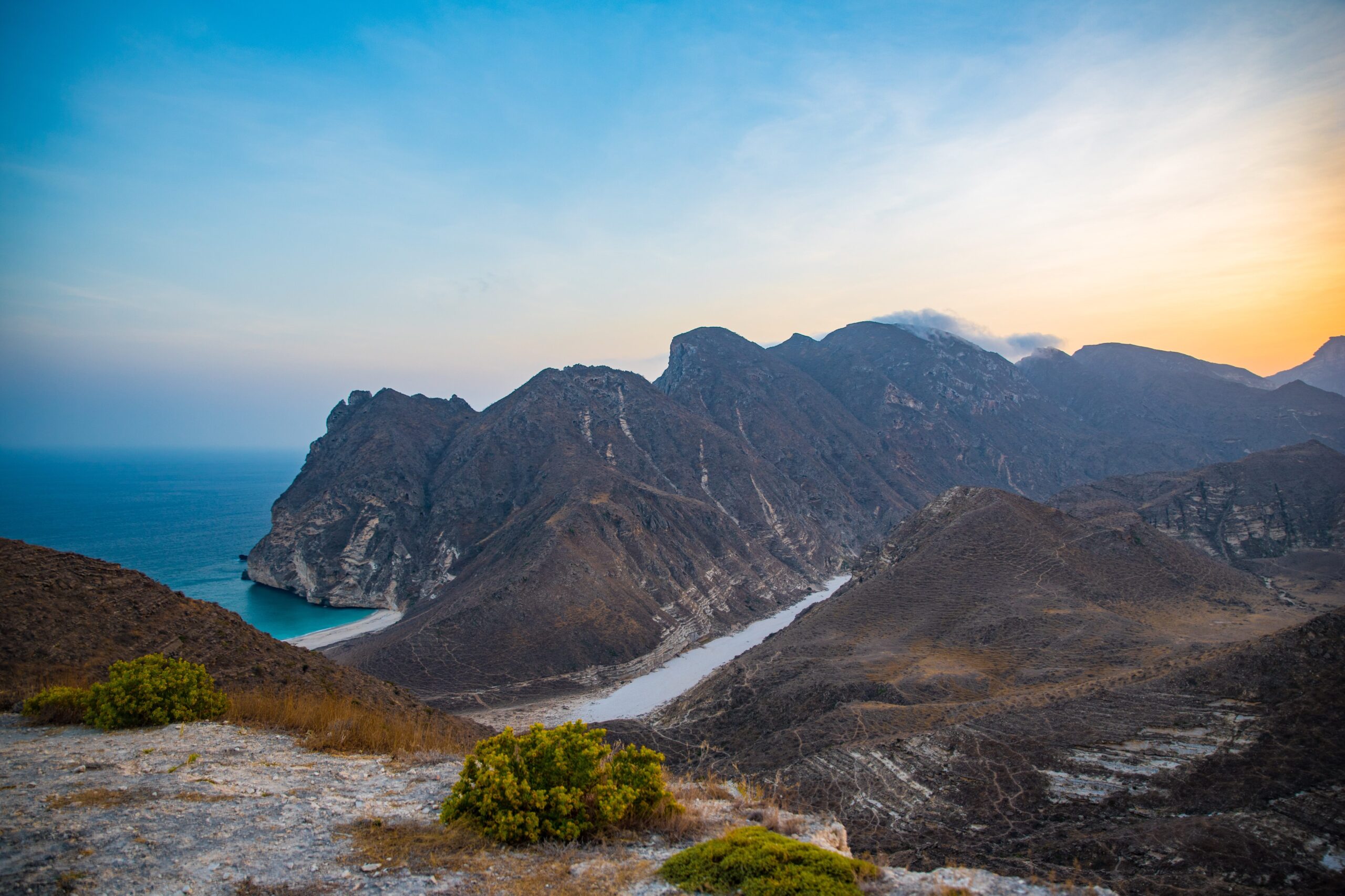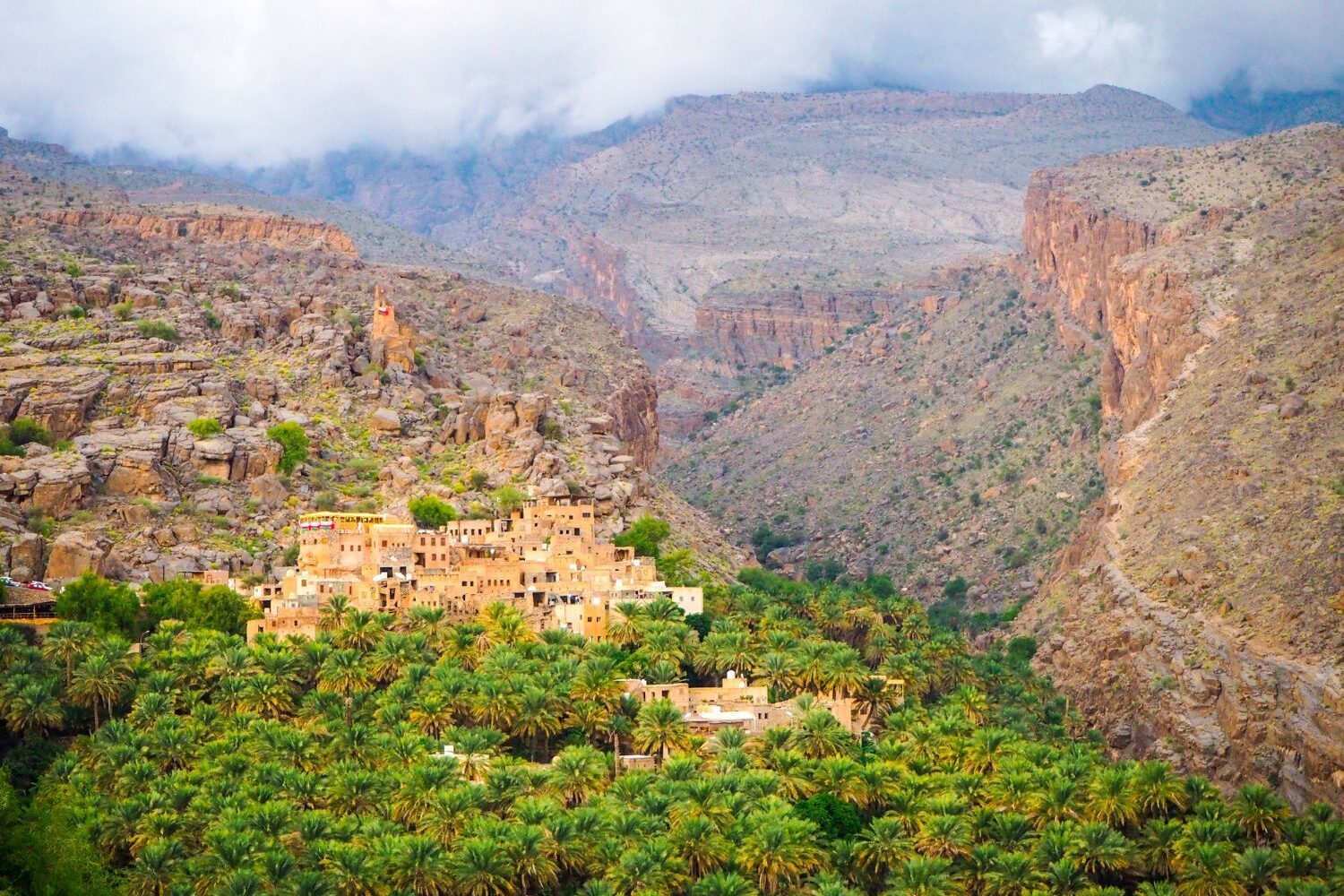Discover the 1 Country That Starts With “O”
How many countries worldwide begin with the letter “O”? Don’t rack your brain too hard. There’s only one. Can you guess it? It’s one of the lesser-known oil monarchies of the Arabian Peninsula, located strategically at the mouth of the Persian Gulf right across from Iran, and bordering the United Arab Emirates, Saudi Arabia, and Yemen. It frequently occupies a central position but tends to remain out of the spotlight. Oman is like a hidden gem in the region, where you can experience the blend of modern urban luxury fueled by oil wealth, alongside the serene beauty of untouched desert landscapes and ancient villages. So if you’re excited about visiting Oman, the only country that starts with “O,” you’re in for a treat.
History of Oman

How did Oman Get Its Name?
There have been a lot of different suggestions to explain the name of Oman. The name “Oman” likely traces its origins to “Omana” as mentioned in the writings of Pliny the Elder and “Omanon” as found in Ptolemy’s works. Both of them were probably referring to the city of Sohar, a port city that was said to be the birthplace of Sinbad the Sailor in mythology. In Arabic, the words like “aamen” or “amoun” are used to describe “settled” people, distinguishing them from the nomadic Bedouins who traditionally roam the desert.
Geography and Climate of Oman
Oman’s terrain features mountainous regions in the far north and south, while the central area consists of a flat gravel plain. Remarkably, inland areas are abundant with seashells, indicating that the region was submerged underwater in the past. This region is also a good source of meteorites that have been well-preserved in the arid climate. Most of Oman is a hot and dry desert with humid areas running along the coasts. The population and major cities are clustered in the mountainous areas where the climate is cooler and the land is more fertile. Summer temperatures in Muscat and northern Oman average 86 to 104 °F, but temperatures as high as 129 °F have been recorded in the country, among the hottest recorded in the world. Muscat receives less than 4 inches of rainfall annually, while certain coastal areas experience virtually no rain for most years.
The Dhofar Mountains in the south have cooler temperatures. In the city of Salalah, summer highs stay in the comfortable range of 68-86 °F. The area benefits from seasonal monsoon winds from June through September, which bring heavy moist fog in summer and give the area a tropical climate.
The mountainous regions in the north and south of Oman provide better climate and soilconditions for agriculture than the barren central desert.
Wildlife of Oman
Oman has native populations of leopards, hyenas, foxes, wolves, hares, oryx, and ibex. Among the major bird species are vultures, eagles, storks, falcons, Arabian partridges, and sunbirds. Oman boasts a variety of endangered species, such as the Arabian leopard, the Arabian oryx, two types of gazelle, the Arabian tahr, and three species of turtles. Unfortunately, Oman reduced an area designated as an Arabian Oryx Sanctuary by 90% after the discovery of oil in the region. There are now only about 1,200 of these beautiful antelope remaining in the wild and 6,000-7,000 in captivity. According to some visitors, Oman has faced criticism for its treatment of stray dogs and cats, with concerns raised about potential inhumane practices. There are no sterilization programs, and the only control method for strays is for police to shoot them. On a more positive note, Oman has become a popular spot for whale-watching. In Omani waters, visitors may have the chance to spot various species, including the Arabian humpback whale, sperm whale, and pygmy blue whale. The Arabian oryx is a beautiful antelope with straight horns that is in danger of going extinct in the wild.

Urban Life In Oman
When visiting Oman, you’ll likely devote much of your time to exploring its cities rather than venturing into the wilderness. So, what can you anticipate in these urban hubs? Let’s contrast the largest city in the north with the largest in the south.
Muscat
This northern city is the capital and largest city in the country, with a population of about 1.4 million. In the city, the landscape is characterized by the majestic Hajar Mountains towering over the shimmering waters of the Arabian Sea. Muscat is a major port city for Oman and the rest of the region. Most of the city is built with low- lying white buildings. The city is adorned with picturesque mosques, among which the Sultan Qaboos Grand Mosque stands out as one of the largest and most renowned. Additionally, the Muhammad al Ameen Mosque, distinguished by its golden domes, offers splendid views of the city from its hilltop location. For those eager to delve into Oman’s rich history and culture, the National Museum and the Sultan’s Armed Forces Museum are must-visit destinations, offering comprehensive displays. Moreover, smaller museums scattered throughout the city provide additional insights into Oman’s heritage and traditions. Bimmah Sinkhole is a beautiful natural formation in a nature reserve. Qantab Beach is a good place to go wading, fishing, and rock hunting. Swimmers, of course, should familiarize themselves with local dress standards before heading to the beach.

Salalah
Salalah is the largest city in the southern Dhofar region, and the third-largest in the country as a whole. It is a popular destination for tourists from other parts of Oman and the whole Persian Gulf region during the summer monsoons when the climate is cool and foggy. The increased rainfall turns the surrounding mountains green and creates a lot of waterfalls. The city boasts numerous gardens where residents cultivate a variety of vegetables and fruits, including coconuts and bananas, enriching the urban landscape with their abundance and diversity. The city has a diverse population with a large number of expatriate workers from the Indian subcontinent and the Philippines. Salalah is important to some Muslims as the site of four tombs reputed to belong to Islamic prophets, including Job, whose story is also told in a book by his name in the Jewish Scriptures. The annual Salalah Carnival is another highly anticipated event, featuring a vibrant array of rides, concerts, cultural performances, and street vendors offering delicious food and unique souvenirs.

Unique for More Reasons Than Its Name
Indeed, Oman offers much more than just being the only country whose name starts with the letter “O”. It boasts diverse characteristics, including some of the hottest temperatures recorded globally, while paradoxically offering cool tropical paradises during the summer months. Oman is full of surprises And it’s waiting for you to come and discover more.

